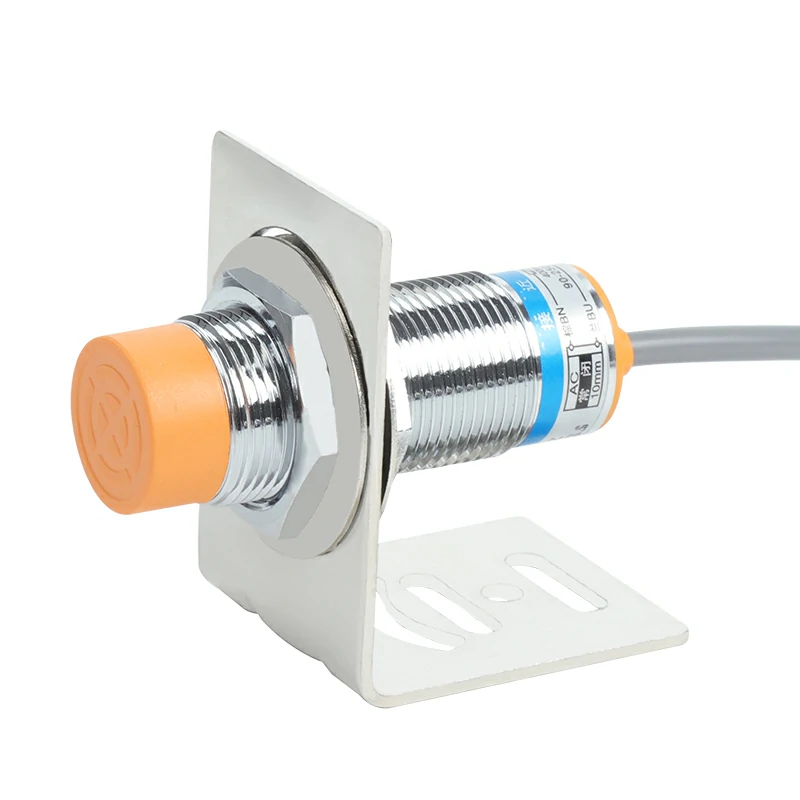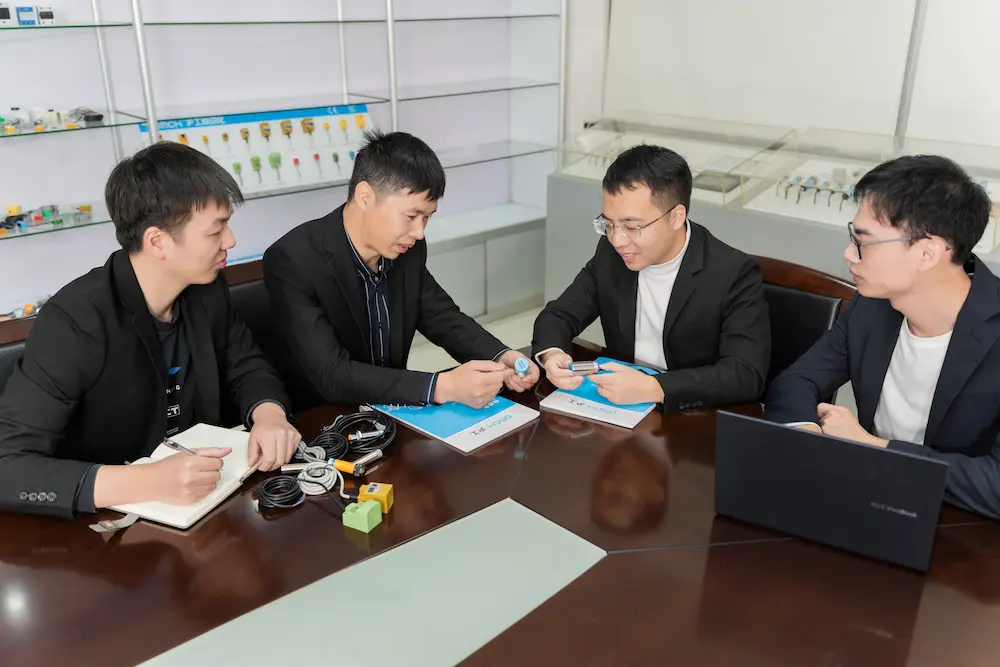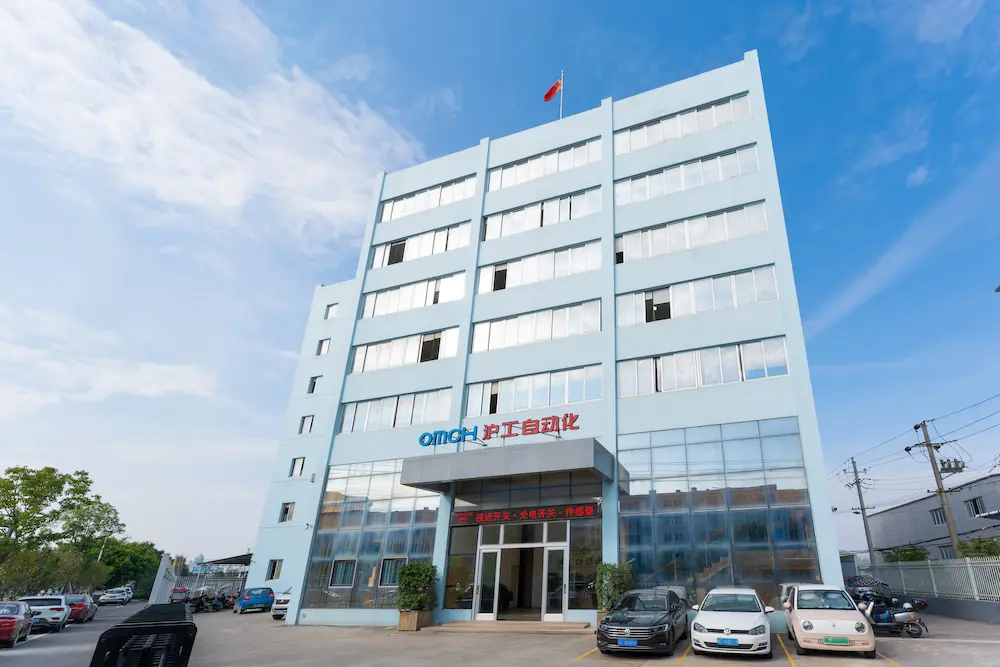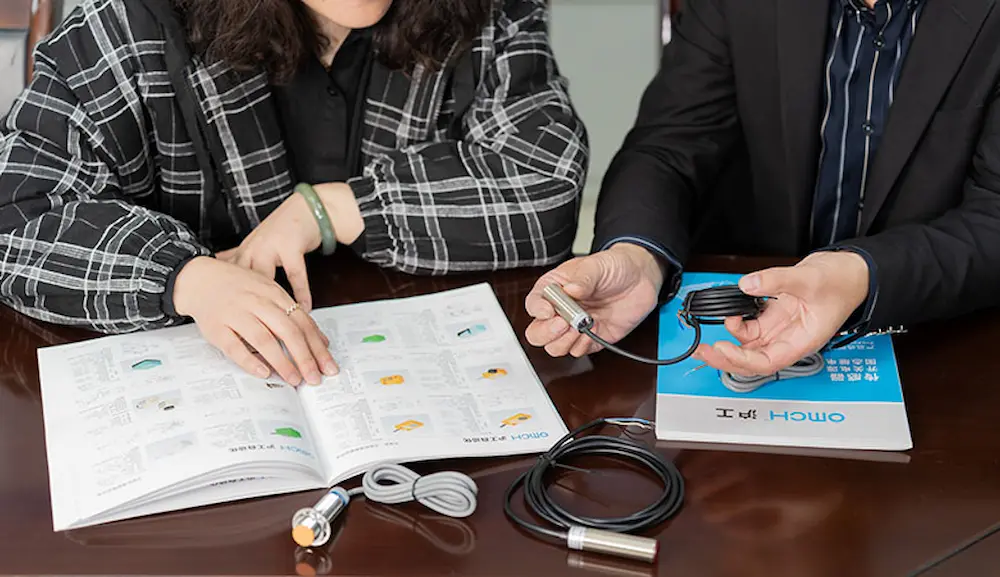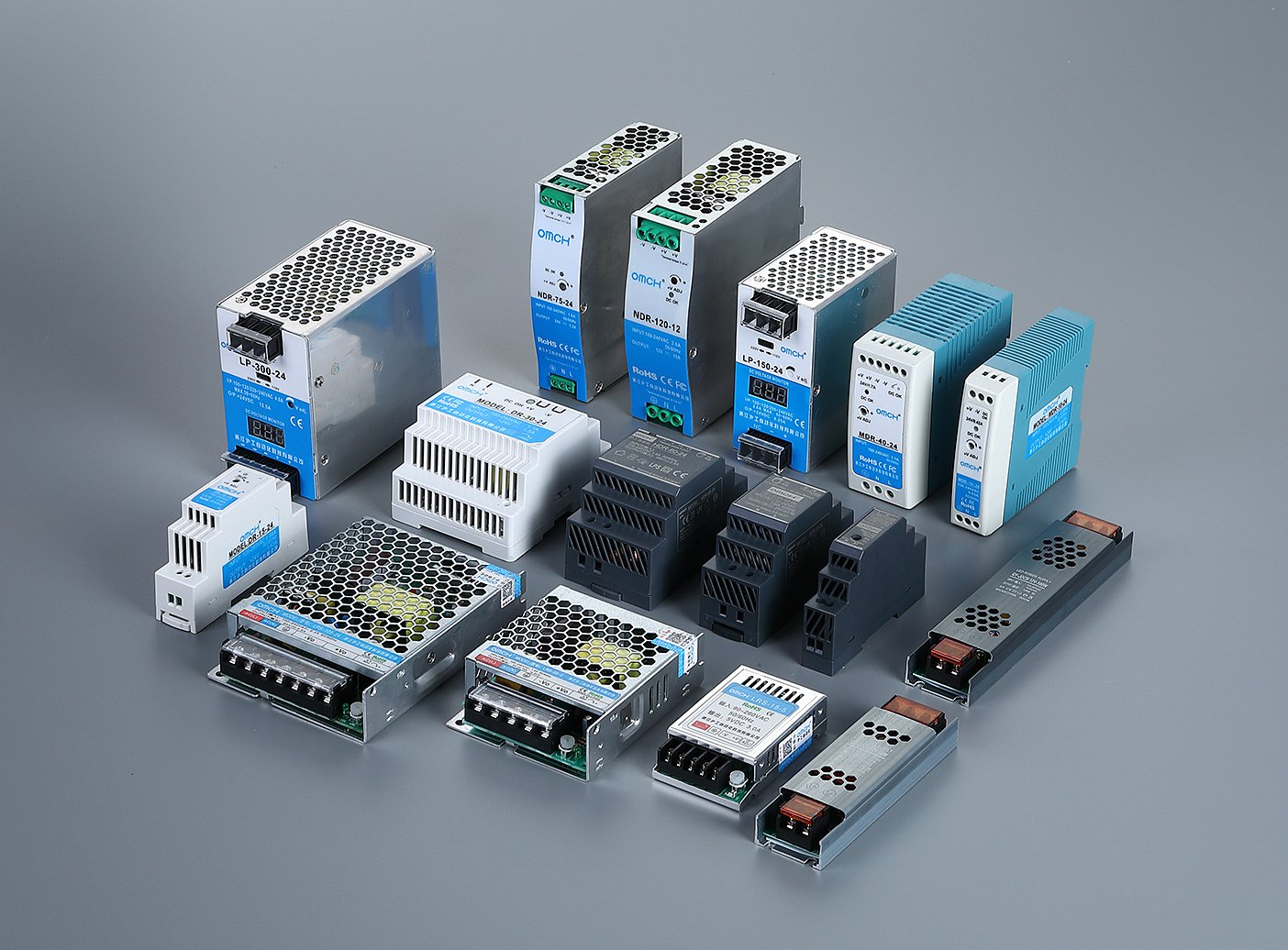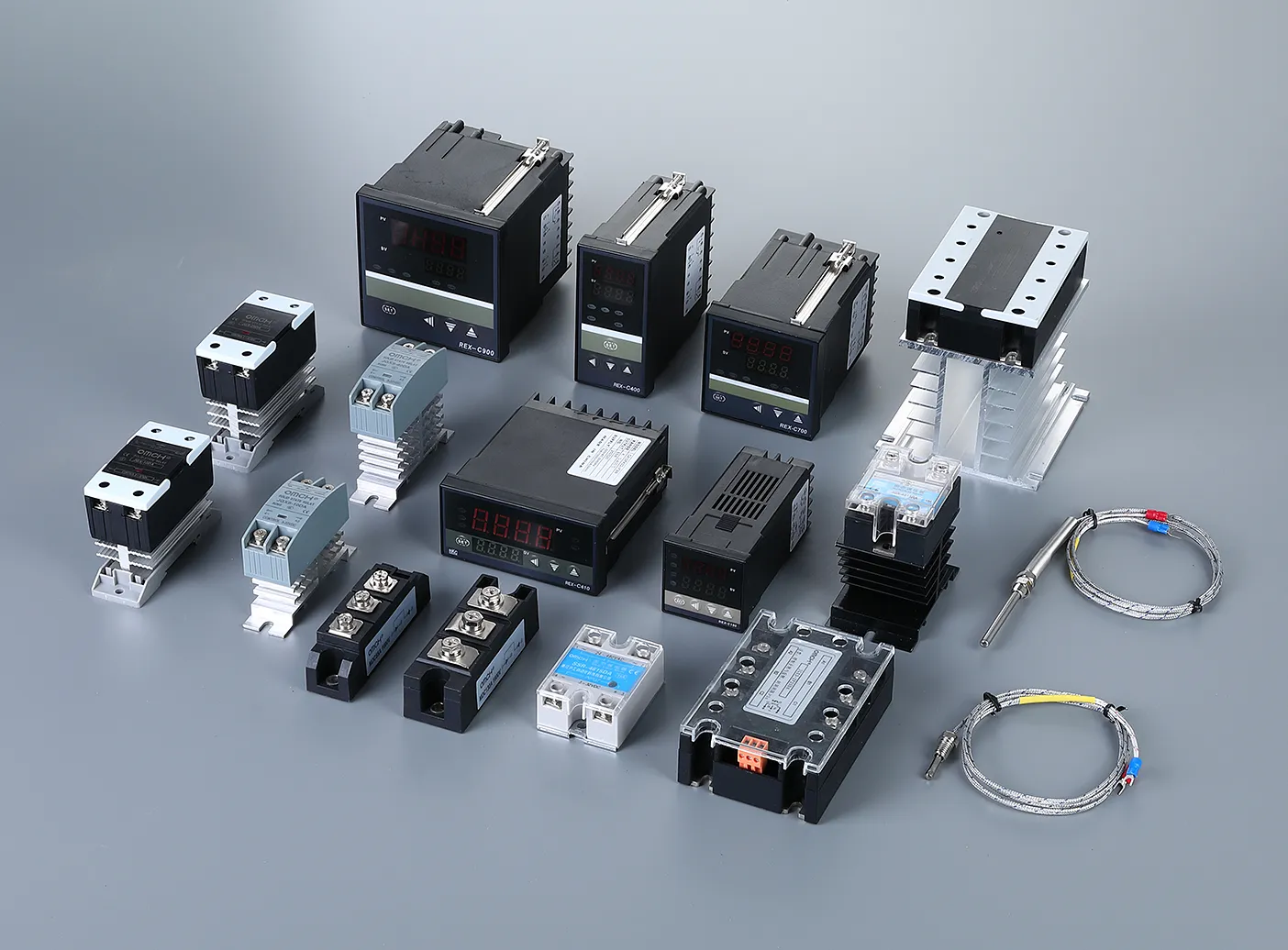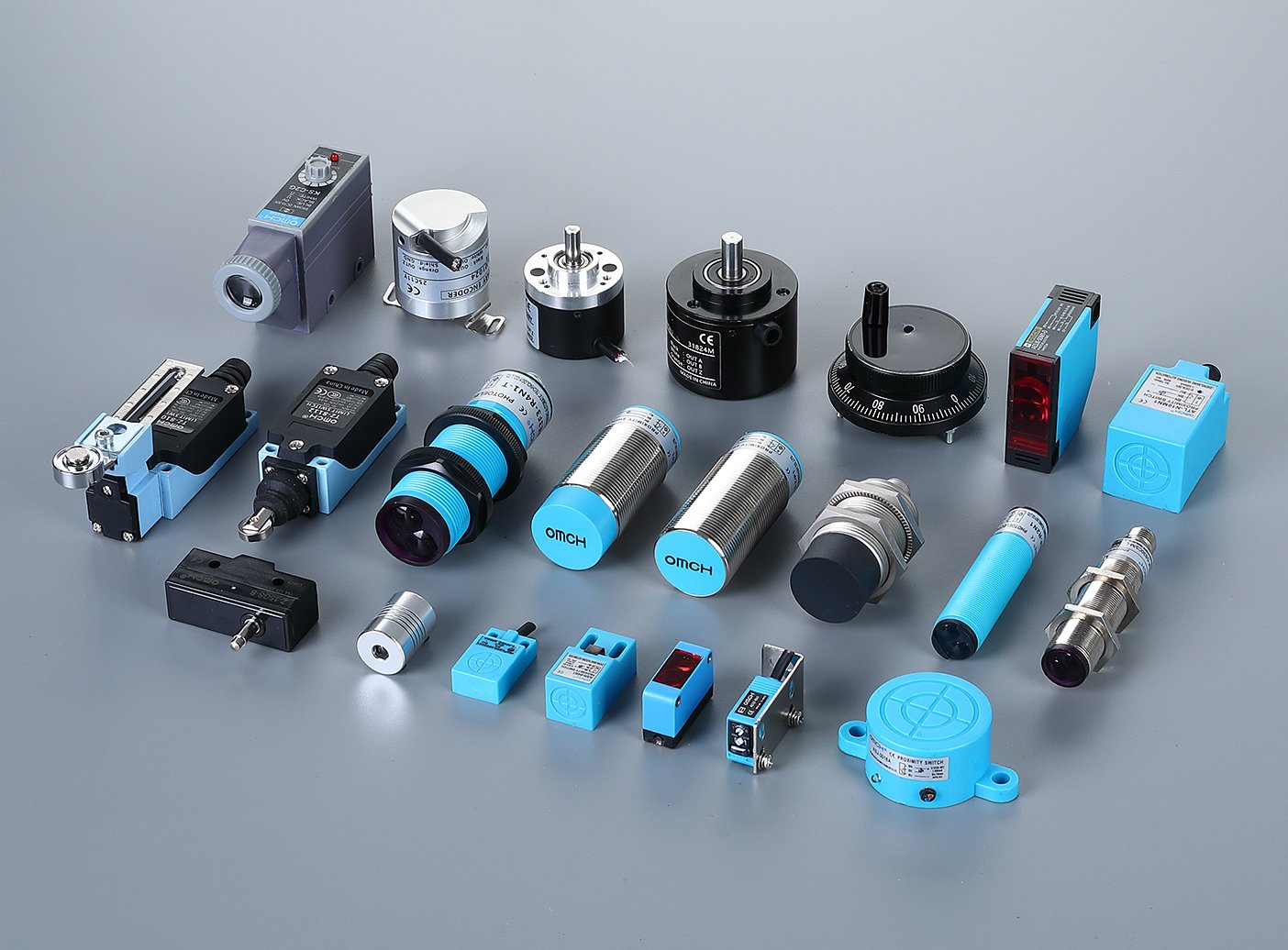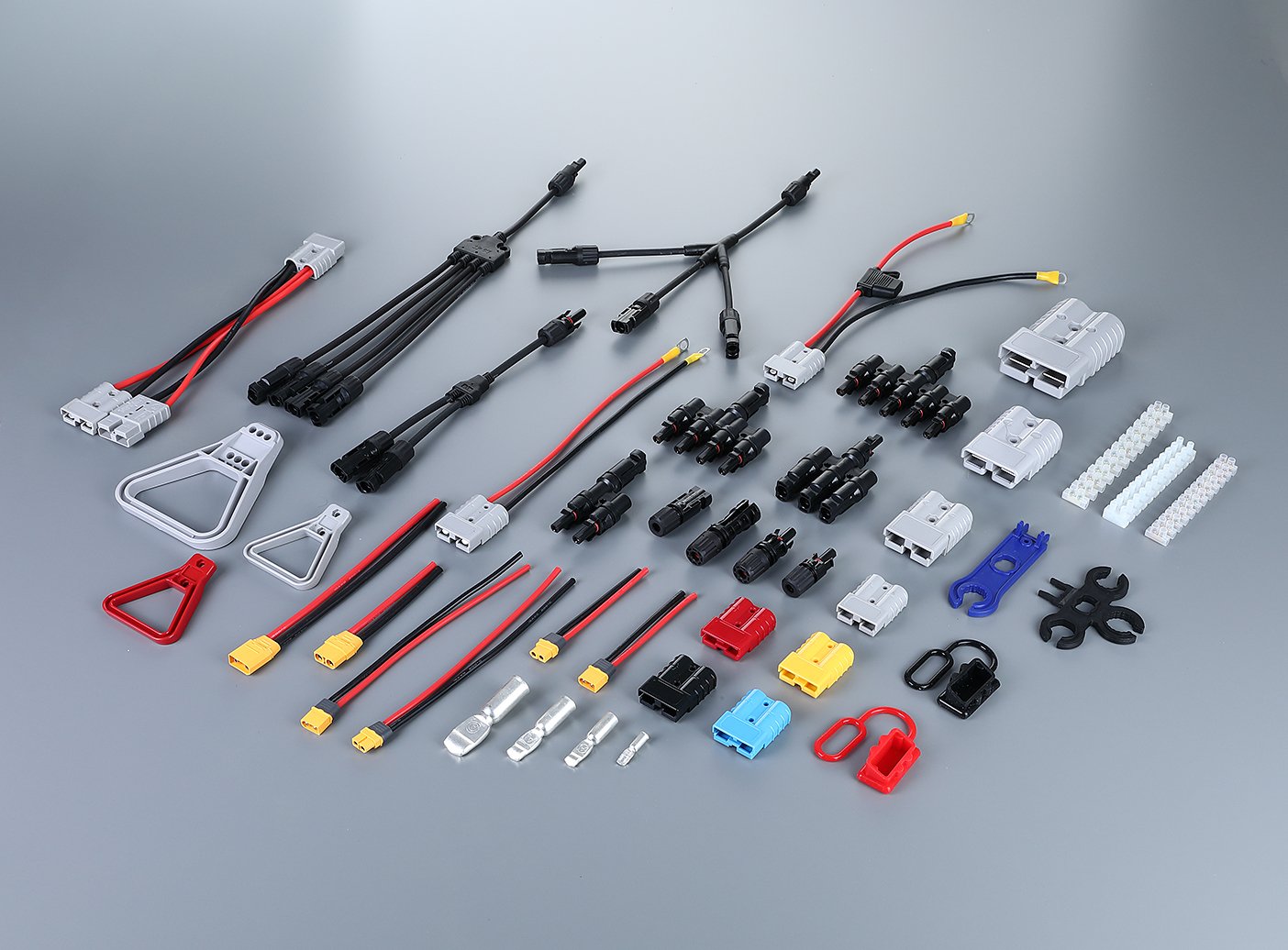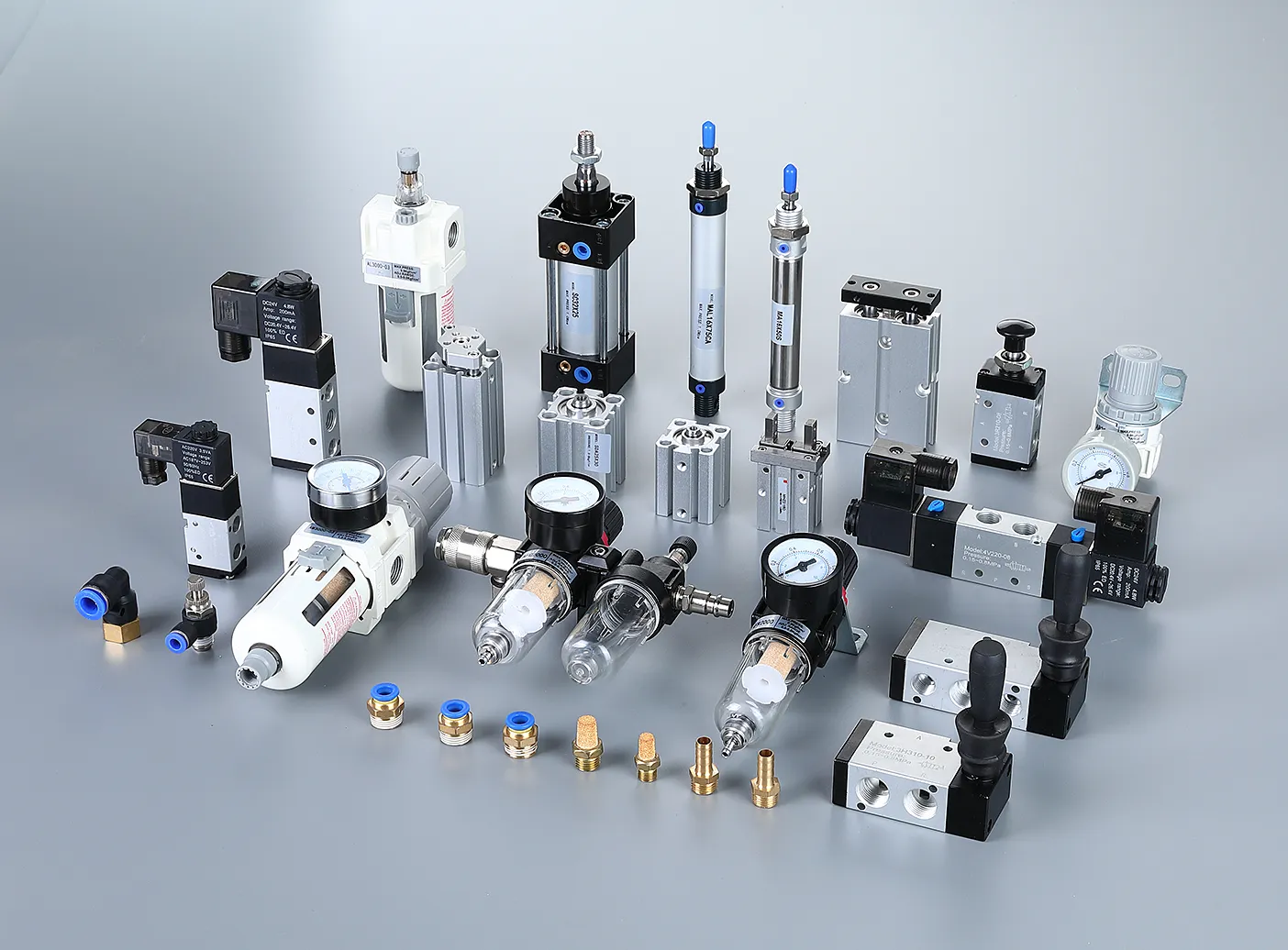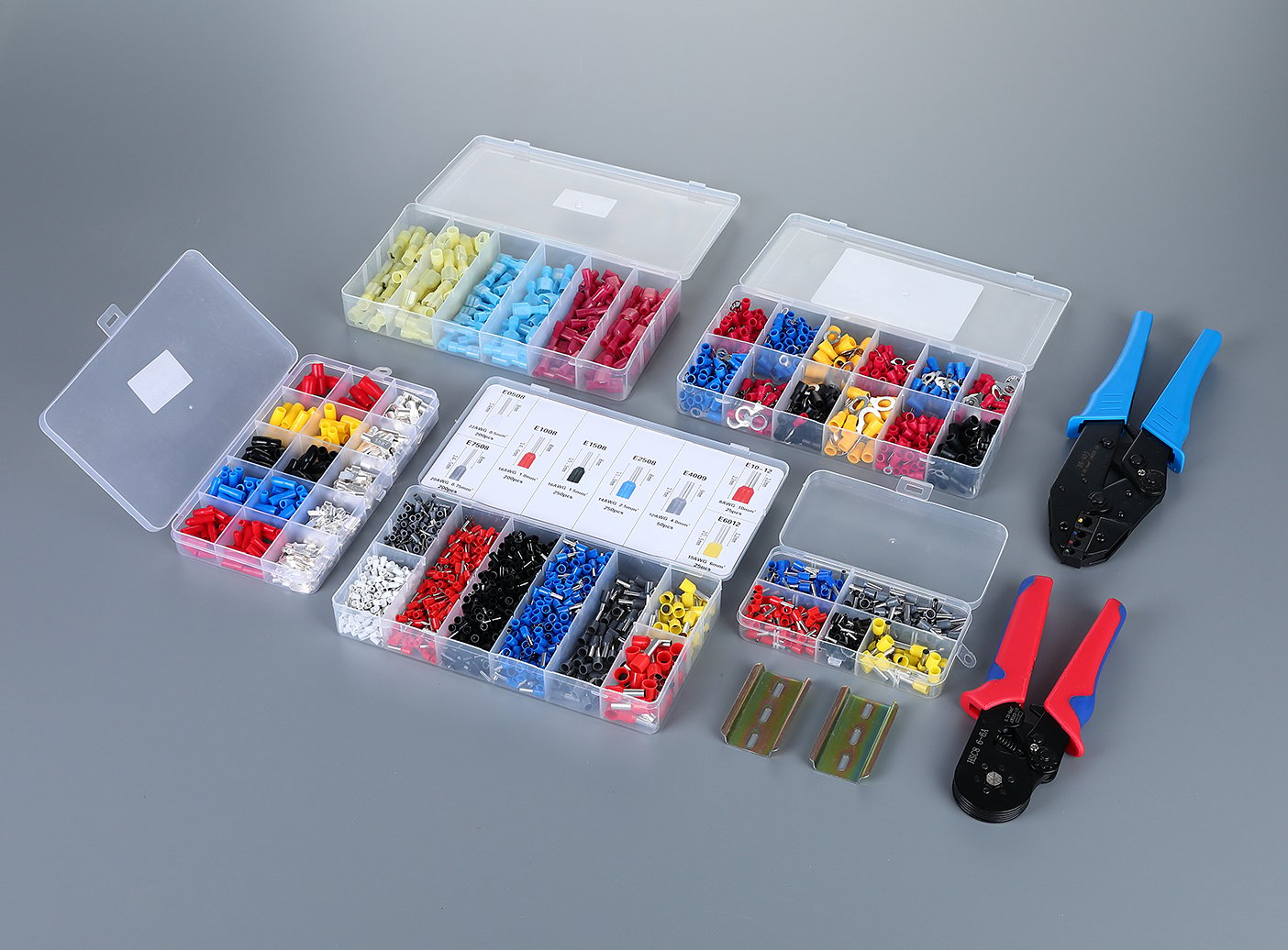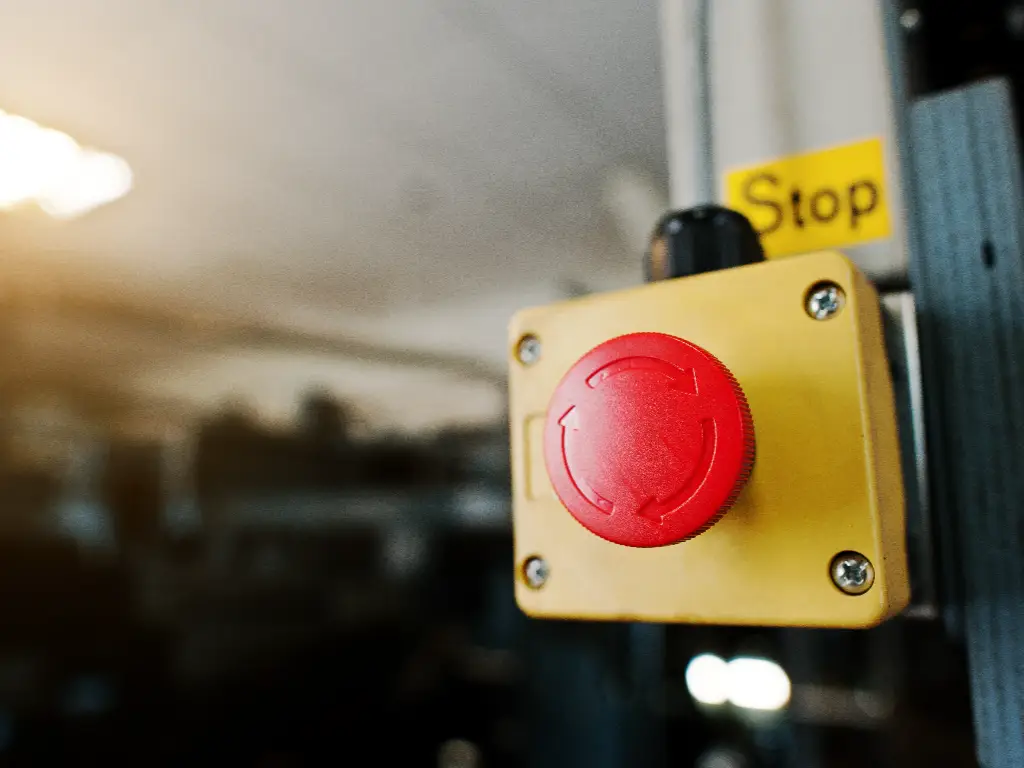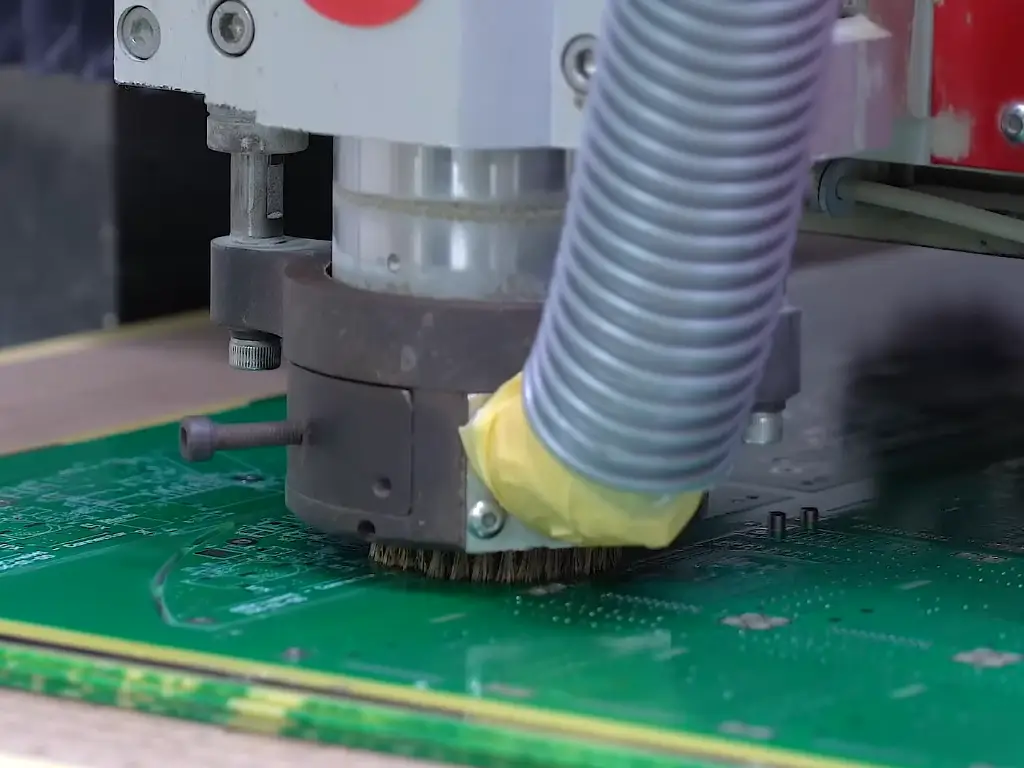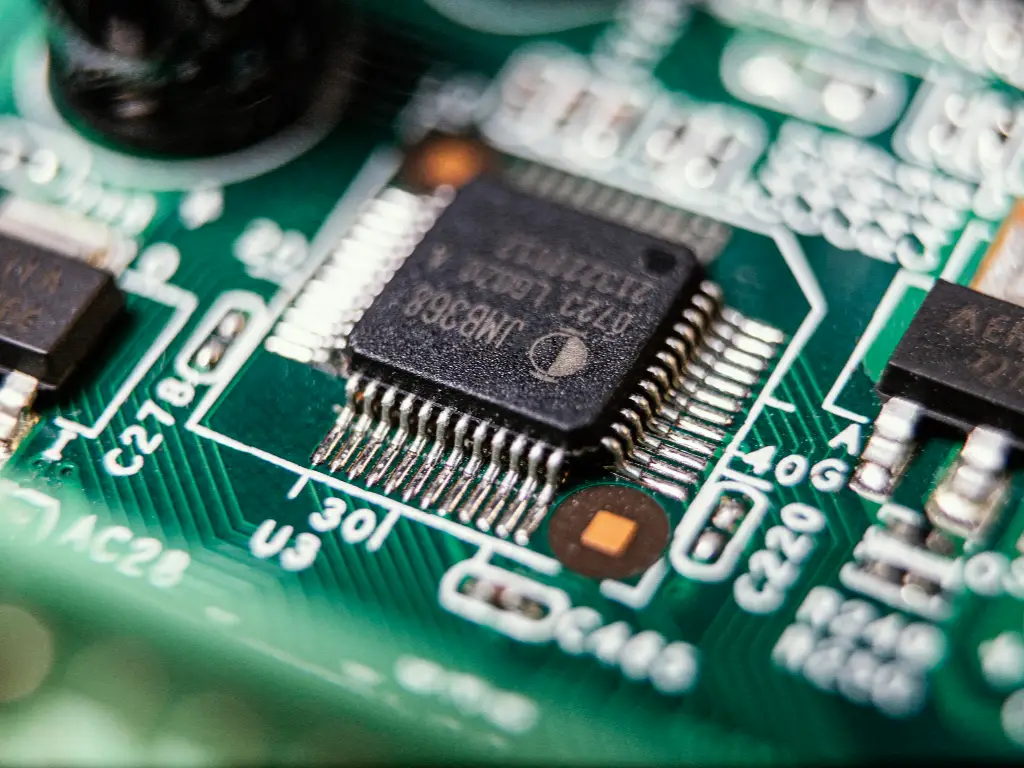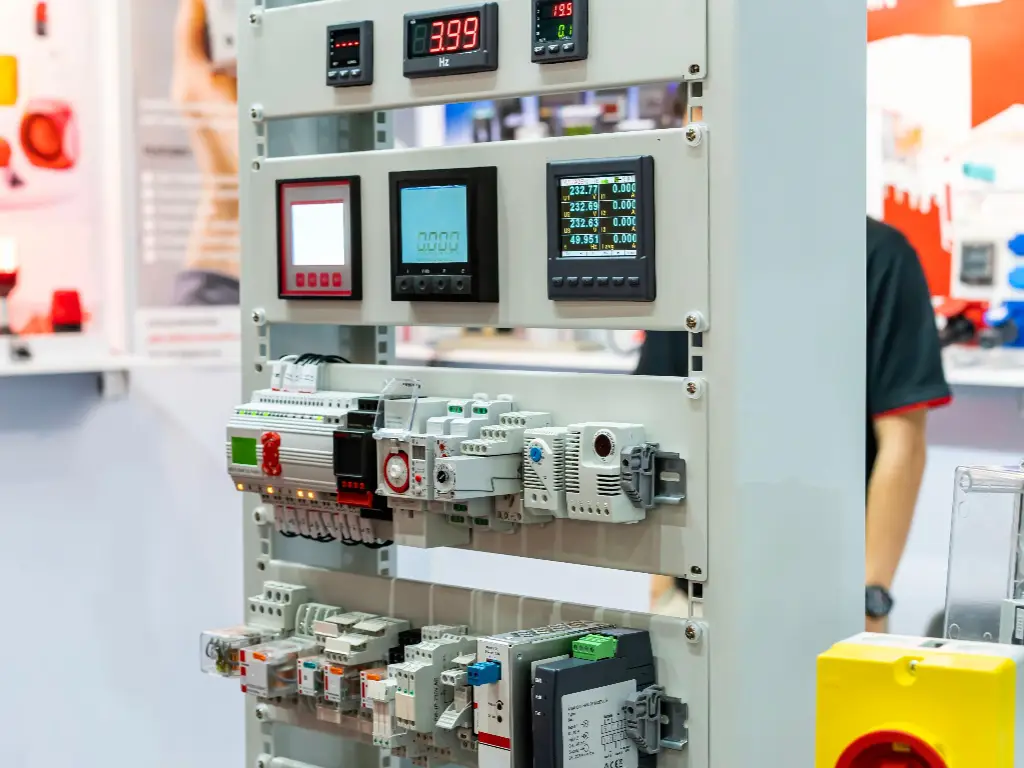Industrial Automation Definition: Scope and Key Principles
Industrial automation involves the application of control systems, machines, software, and other information technologies to manage manufacturing processes and industrial production. The aim is to reduce human operators and enhance the efficiency of production, product quality, system reliability, and minimize the cost and risk of production.
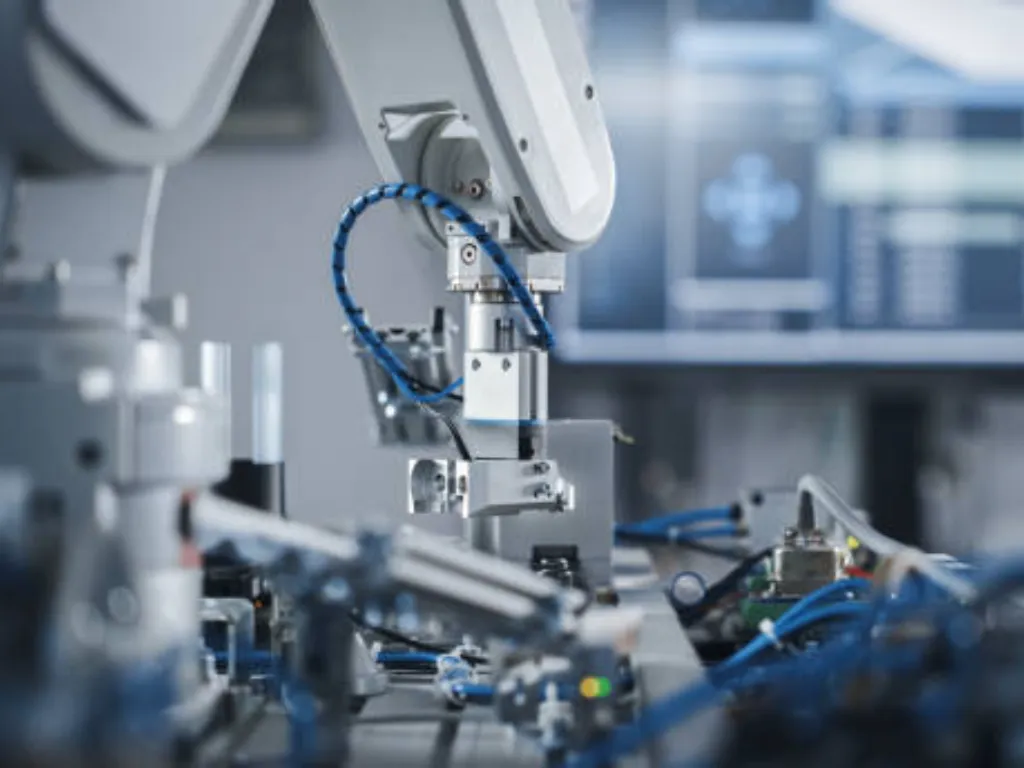
Automation in industry has developed from simple mechanization to more complex, digitally integrated systems, including the industrial automation system and automation solutions that power modern factories. It serves as the backbone of industrial automation technology and intelligent manufacturing processes.
Three Core Elements of Automation:
- Control System: Devices like PLC (Programmable Logic Controller) and DCS (Distributed Control System). They are the “brains” of the automation system, executing preset logic and instructions.
- Sensing and Feedback: Sensors monitor physical parameters (temperature, pressure, position) in real-time. This data is fed back to the control system to achieve closed-loop control.
- Actuation: Mechanisms responsible for converting control system commands into physical actions, such as motors, valves, and robots. They are the “limbs” of the automation system.
What is industrial automation? It isn’t just about replacing human labor; it’s precise, fast, and stable—features that human workers can’t match. It enables factories to operate 24/7, ensuring that every production batch meets high standards of consistent quality. As we enter Industry 4.0, automation is central to the digital transformation of industries, providing enterprises a competitive edge in the global marketplace.
The 4 Core Types of Industrial Automation
Automation in industries is not one technology. There have been four fundamental types, depending on the size of production batches, complexity of the product, and flexibility requirements. The companies need to select the appropriate type depending on the situation.
| Automation Type | Primary Characteristics | Key Applications | Advantages |
| 1. Fixed Automation (Hard Automation) | High-volume production; fixed sequence of operations; change is difficult/costly. | Automobile assembly; continuous petrochemical processes; assembly line tasks. | Extremely high production rates; lowest unit cost. |
| 2. Programmable Automation | Suitable for batch production; sequence of operation can be changed with reprogramming. | Electronics assembly; batch parts processing; multi-product filling. | Offers good flexibility; cost-effective for medium volumes. |
| 3. Flexible Automation (Soft Automation) | Enables quick product changeovers (between different products / different parts) without physical setup change or downtime. | Custom electronics; aerospace component manufacturing; highly varied production. | Very high flexibility; rapid response to market demand. |
| 4. Integrated Automation | Entire factory systems ($\text{OT}$ and $\text{IT}$) are interconnected; complete integration of information and control flow. | Smart factories; complex manufacturing industry systems; large logistics hubs. | Maximizes efficiency; top resource utilization; fast decision speed. |
1. Fixed Automation
- Characteristics: Designed for high-volume production with a single product type and fixed processes. This is also known as hard automation. Once installed, changes are very costly.
- Applications: Automobile assembly, large-scale parts manufacturing, continuous production in sectors like petrochemicals. This often involves a static assembly line.
- Advantages: Extremely high production rates and low unit costs.
2. Programmable Automation
- Characteristics: Suitable for batch production, requiring product changeovers between batches. Systems (like CNC machines, PLCs) can be reprogrammed to execute different tasks and sequences of operations.
- Applications: Batch parts processing, electronics assembly, batch filling in food and beverage.
- Advantages: Offers some flexibility; cost-effective for medium production volumes.
3. Flexible Automation
- Characteristics: Advanced version of programmable automation, enabling quick changes between different products without stopping machinery or major hardware alterations. It is also known as soft automation. It uses multi-function robots and more sophisticated control systems.
- Applications: Aerospace, customized consumer electronics manufacturing.
- Advantages: Very high flexibility and adaptability, allowing quick response to market changes.
4. Integrated Automation
- Characteristics: The entire factory’s subsystems (MES, ERP, and all control systems) are interconnected through a network. This achieves complete integration of information flow and control flow. This is the main goal of Industry 4.0.
- Applications: Smart factories, unstaffed warehouses, complex supply chain management.
- Advantages: Production efficiency, resource utilization, and decision speed reach the highest level.
Omch Provides Full Support for Integrated Automation
High-level Integrated Automation requires the coordination and reliability of system components at every level. Omch being a complete manufacturer of industrial automation and low-voltage electrical products has an advantage in providing a broad array of automation components and solutions. Regardless of the kind of automation a customer requires, whether it is low-level sensing elements and mid-level control relays, or the necessary power supplies and low-voltage distribution products (such as circuit breakers and contactors) that make the system stable, Omch can offer one-stop selection and procurement services. This guarantees compatibility and high performance of the components.
Essential Hardware: Sensors, Actuators, and Control
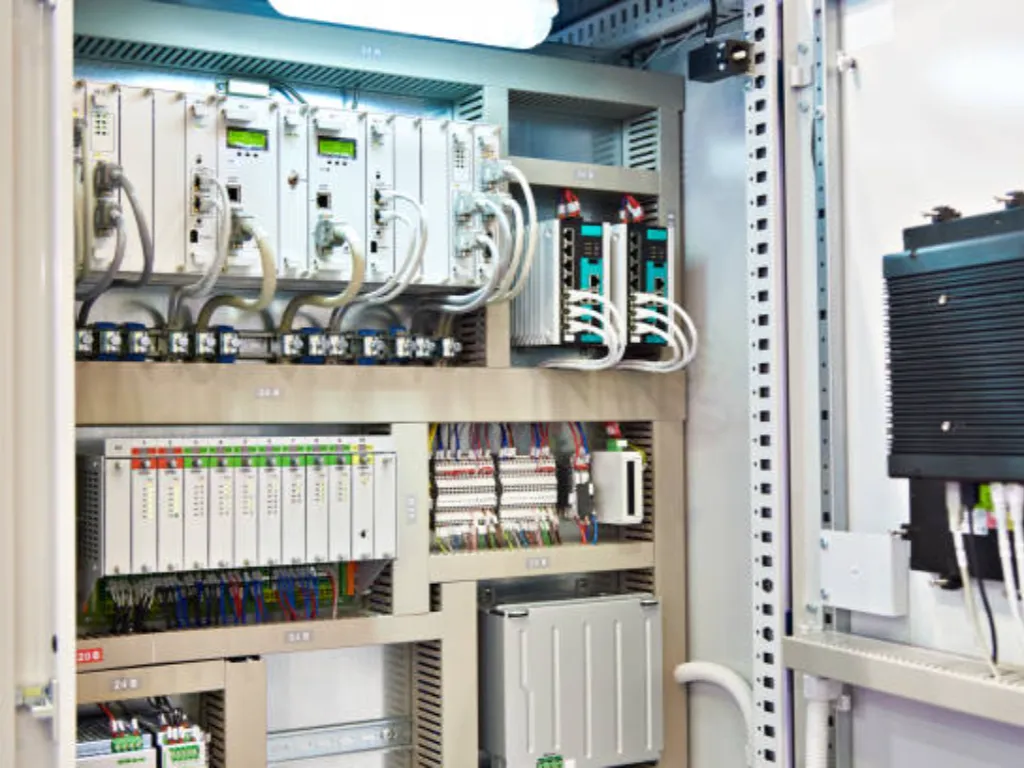
The most obvious method of explaining how industrial automation works is by its traditional hierarchical form the Automation Pyramid. This model divides the functions of complex systems into three primary levels.
The Classic Three-Level Automation Hierarchy
- Supervisor Level:
- Role: At the top of the pyramid, it handles process visualization, data acquisition (SCADA), and parameter setting. It typically manages multiple control systems.
- Equipment: Industrial PCs (panel or rack-mounted), running standard operating systems with specific industrial process control software.
- Communication: Industrial Ethernet (Gigabit LAN or WLAN), for high-speed data transmission.
- Control Level:
- Role: The system’s “brain,” executing automation programs in real-time.
- Equipment: Programmable Logic Controllers (PLCs) or Distributed Control Systems (DCS). PLCs have real-time computing capability and interface with multiple input/output devices.
- Communication: Fieldbus protocols (like CAN, Profinet) or specific wireless protocols.
- Field Level:
- Role: Interacts directly with the physical environment, performing measurements and actions.
- Equipment: Sensors (temperature, pressure, proximity, photoelectric) and Actuators (motors, solenoids, hydraulic/pneumatic cylinders, switches).
- Communication: Communicates with the PLC through a Field Bus or point-to-point connections for diagnostics and control.
The Omch Advantage: Automation and Power Components
The performance and reliability of any strong automation system depends on the quality of the components used at each level.
Omch is a company that is a comprehensive manufacturer and this is its core value. We have a product line that addresses Control Level requirements (different relays, counters) and Field Level requirements (sensors, switches, pneumatic components). More to the point, we also offer the necessary low-voltage electrical products (such as switch power supplies, Air Circuit Breakers (ACB), Miniature Circuit Breakers (MCB), and contactors) to safely energize the whole system. This single-source supply makes the supply chain management of the customer very easy. It also provides a smooth compatibility and reliability of automation equipment and electrical infrastructure.
Core Benefits: Efficiency, Quality, and ROI
Investing in industrial automation is a strategic decision. Its value is reflected in several key dimensions:
1. Higher Productivity and Throughput
- 24/7 Operation: Machines do not need rest; they can run around the clock, significantly increasing total output.
- Reduced Cycle Time: Automation reduces cycle time, enhancing mass production capabilities.
2. Improved Quality and Consistency
- Elimination of Human Error: Machines offer extremely high repeatability, reducing error rates to near zero. This ensures every product meets exact standards.
- Real time Quality Control: Sensors and machine vision systems detect defects in real-time, stopping or correcting the process immediately when an error occurs.
3. Enhanced Safety and Working Conditions
- Workers are moved away from high-risk, hazardous, or tedious tasks. For example, robots perform welding, heavy lifting, or handling toxic materials, significantly reducing the accident rate.
4. Cost Reduction and Faster ROI
Although the initial investment is high, the long-term cost savings from automation are substantial:
- Lower Operating Costs: Reduced reliance on direct labor; precise control of energy and raw material consumption.
- Reduced Waste: Higher precision leads to less scrap and material waste.
- Accelerated ROI: Higher output and lower unit costs shorten the investment payback period.
A Reliable Choice for ROI Optimization
Long-term reliability and operational efficiency are important when determining the Return on Investment (ROI) of automation. Omch has a customer base of over 72,000 worldwide and over 3000 SKUs. We have international certifications on our products including CCC, CE, RoHS, and ISO9001. The quality of industrial automation and low-voltage electrical products of Omch guarantee the stable operation of the systems over time, which minimizes downtime. This directly maximizes customer productivity and energy use thereby hastening ROI.
The Step-by-Step Automation of Industrial Process
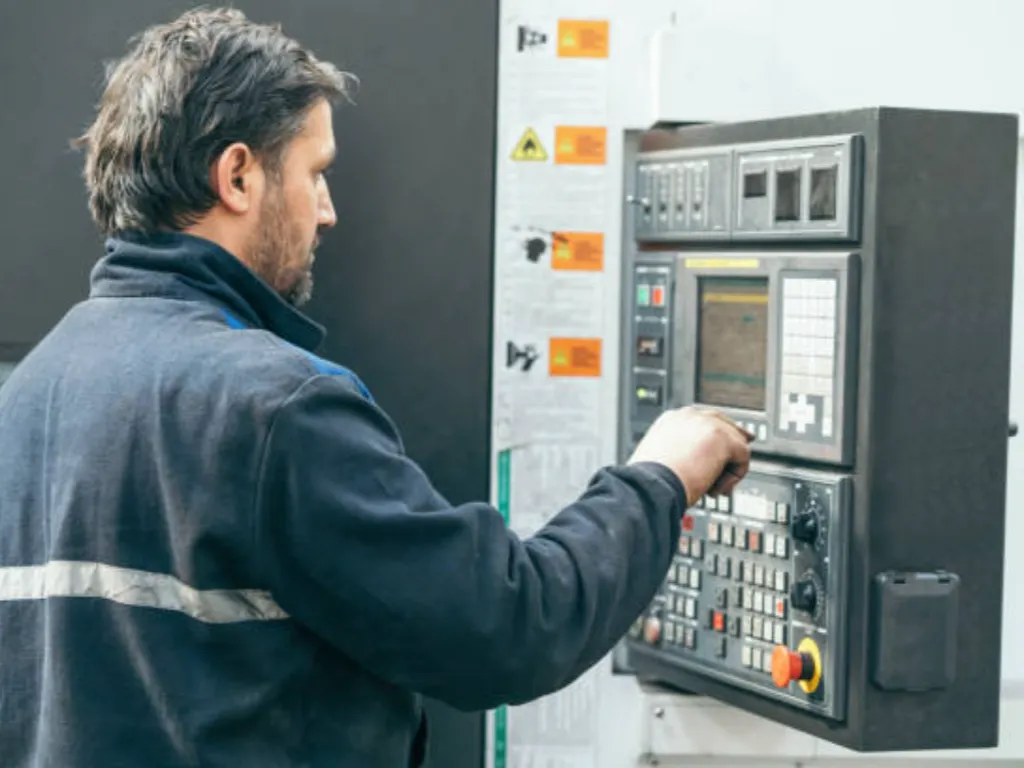
Successful automation implementation is a systematic project, usually divided into these industrial process automation:
1. Feasibility Study and Requirement Analysis
- Purpose: Determine which processes can be automated. Set clear performance goals (KPIs) and budget.
- Activities: Analyze existing processes, identify bottlenecks, and perform financial evaluation (ROI analysis).
2. System Design and Specification
- Purpose: Determine the type of automation, system architecture, and required components.
- Activities: Select the control platform (PLC or DCS), design control logic, and draw circuit and layout diagrams.
3. Component Procurement and Integration
- Purpose: Procure all hardware and software. Begin installation and integration.
- Activities: Purchase sensors, actuators, control equipment, and electrical distribution systems. Perform mechanical installation and electrical wiring.
Simplifying Procurement, Speeding Up Integration
The Component Procurement and Integration stage is usually associated with cross-brand compatibility problems and supply chain delays. Omch is a complete manufacturer of industrial automation and low-voltage electrical products, providing a one-stop solution, starting with power distribution (MCB, ATSE) and control (relays, switches). We have 3000+ SKUs and 7 production lines that deliver fast. Moreover, we have 86 branches in China and distributor network in more than 70 countries/regions that provide quick delivery and localized technical support. This makes the supply chain of the customer very easy and accelerates the implementation of the project.
4. Programming and Debugbing
- Purpose: Translate control logic into program code. Perform functional testing on-site.
- Activities: Write PLC programs, configure HMI/SCADA interfaces, and conduct input/output (I/O) verification and safety tests.
5. Commissioning and Optimization
- Purpose: Bring the system into full production. Continuously fine-tune it for optimal performance.
- Activities: Operator training, documentation delivery, continuous data monitoring, and performance optimization.
Applications of Industrial Automation Technology
Industrial automation technology has spread into almost all manufacturing and process industries. Here are a few key examples:
1. Automotive Manufacturing
- Application: Extensive use of Fixed Automation and Industrial Robots. Robots handle high-precision welding, painting, and complex assembly.
- Value: Ensures consistent body rigidity and paint quality; significantly shortens production cycles.
2. Food and Beverage
- Application: Uses Programmable Automation and Flexible Automation for high-speed filling, packaging, sorting, and quality inspection.
- Value: Ensures product hygiene and batch traceability; uses machine vision for defect detection.
3. Logistics and Warehousing
- Application: Automated Guided Vehicles (AGVs), shuttles, and high-speed sorters. This falls under Integrated Automation.
- Value: Optimizes warehouse space utilization; enables 24/7 unstaffed or minimally staffed operations, increasing order processing speed.
4. Process Industries
- Application: Industries like oil, chemical, and power primarily use DCS and Fixed Automation, for continuous control of temperature, pressure, and flow.
- Value: Ensures production safety and maximizes energy efficiency.
Navigating Key Challenges: Integration and Cybersecurity
Companies must address key challenges during automation implementation:
1. System Integration Complexity
- Challenge: There are traditionally information silos between operational technology (OT) and enterprise information technology (IT) systems. Software and hardware provided by other vendors are difficult to integrate.
- Solution: Adopt standardized communication protocols (like OPC UA). Choose suppliers that can provide a full range of solutions.
Simplifying Integration, Guaranteeing Compatibility
Omch is a comprehensive manufacturer and has a special strength in solving integration issues. Our automation products and low-voltage electrical products are compatible and standardized. This significantly saves the complicated work that customers have to do to match and integrate different subsystems (power, distribution, control). We focus on full coverage / multi-category / multi-specification to ensure that our customers do not fall into the trap of compatibility of multi-brand procurement.
2. Cybersecurity Risks
- Challenge: Industry 4.0 opens OT systems to the internet, and they are susceptible to cyberattacks, which endangers the safety of production.
- Solution: Adhere to industrial security standards such as IEC 62443. Install network segmentation and industrial firewalls. Carry out frequent security audits.
3. Skill Gaps
- Challenge: Automation requires highly skilled technicians with interdisciplinary knowledge (mechanical, electrical, programming, data analysis). Such talent is scarce.
- Solution: Invest in retraining and skill upgrades of employees. Form long-term technical support relationships with suppliers. The 24/7 quick response and full process support (product selection to solution support) offered by Omch is meant to complement the technical support requirements of the customers.
Future Outlook: Industry 4.0 and Beyond
The future of industrial automation is intelligence and autonomy. Future trends will focus on these core technologies:
- Artificial Intelligence and Machine Learning (AI/ML): AI will shift to control and decision-making instead of data analysis. It will attain self-adaptive control, intelligent scheduling and more accurate predictive maintenance. Systems will be self-optimizing.
- Digital Twin: With the development of a perfect digital copy of physical objects in the virtual environment, businesses can model, experiment, and streamline the whole production line prior to implementation. This saves a lot of risk and cost.
- Edge Computing: Data processing is brought nearer to the factory floor control systems, with ultra-low latency real-time control and decision-making. This is essential to high-performance automation systems.
- Human-Robot Collaboration (HRC): Cobots will become the norm. They operate in a safe environment with human workers, with human cognitive flexibility and machine strength and precision.
Automation in industries is moving towards the concept of machines performing predefined tasks to the concept of systems that learn and optimize themselves. This means that future automation elements must not only be reliable, but also highly connectable and able to process data, in order to be able to support the vision of Industry 5.0.

